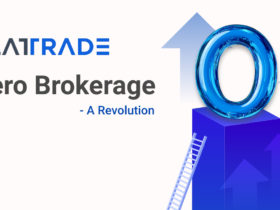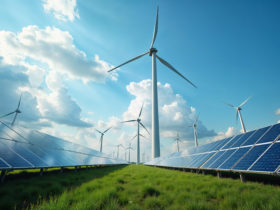Indian footwear sector is expected to see its revenue grow at about 11% this fiscal on the back of higher realisations, while volume is estimated to rise 4%, according to CRISIL Ratings. This is based on the rating agency’s analysis of 43 companies, which accounts for 15% of industry revenue of Rs 1 lakh crore.
The rating agency expects the operating margin to improve by 125 basis points to about 9% on lower raw material prices. However, the operating margin will still be below the pre-pandemic levels of 10%. The rating agency noted that raw materials constitute about 45% of the total cost of footwear makers and prices of key raw materials such as ethylene vinyl acetate, rubber and resins have fallen by 30% in the past fiscal.
As a result, the healthy cash accrual and balance sheets will keep their credit profiles of the footwear sector stable, according to CRISIL Ratings.
Exports, which contributes 20% to the revenue of the sector, is expected to slow down to 12% this fiscal compared to a growth of 25% last fiscal. The decline in growth rate of exports is due to high inflation and lower demand from Europe and the US, which account for three-fourths of footwear exports from India.
Meanwhile, revenue from domestic market is seen rising 10%, on the back of higher selling prices. The rise in average selling price is due to a shift in the product mix towards higher-priced segments, compared with price hikes initiated in past to counter costlier raw materials, the rating agency said.
“Footwear makers have been sharpening focus on the fast-growing fashion/women and athleisure segments after the pandemic, which largely falls in the premium category with average selling prices of Rs 1,000 per pair, or higher,” said Nitin Kansal, Director, CRISIL Ratings.
Kansal added that these segments are expected to grow faster at over 15% annually, compared with 11% for the overall industry, and also operating profitability is higher at 18% in this segment.
CRISIL Ratings stated that footwear companies are expected to incur nominal capex as capacity utilization is at around 70% and its working capital cycle is also expected to remain stable. This is expected to keep the debt addition minimal.
“Companies rated by us will likely spend Rs 300 crore, adding a marginal 5% to fixed assets. Hence, we expect gearing and interest coverage at 0.4 time and 7 times, respectively, this fiscal,” said Gaurav Arora, Associate Director, CRISIL Ratings.
However, the rating agency said that prices of crude-linked raw materials and macroeconomic developments are key monitorables.





